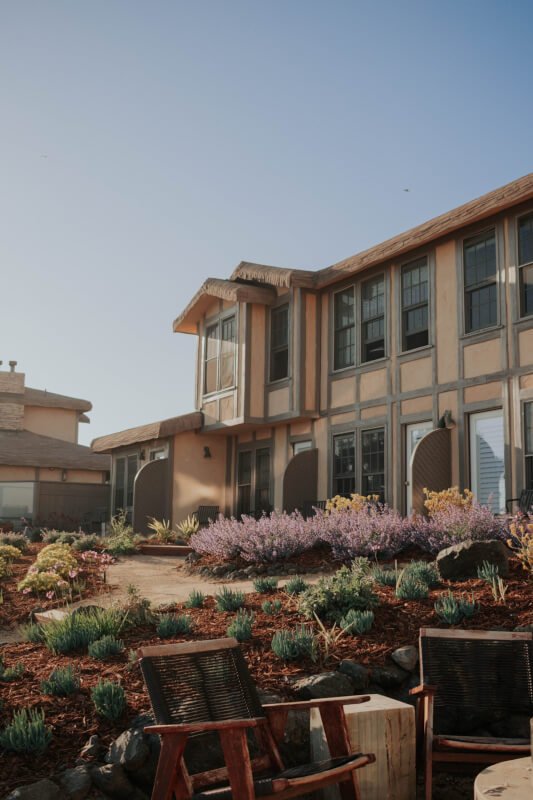If you’re a beginner in the world of gardening and are looking for some inspiration to transform your outdoor space into a beautiful oasis, then look no further. In this article, we will explore a variety of DIY garden design ideas that are perfect for beginners. From simple and easy-to-maintain designs to creative and unique ways to incorporate plants and flowers, these ideas will help you create a stunning garden that you can be proud of. So grab your gardening gloves and get ready to unleash your inner green thumb!
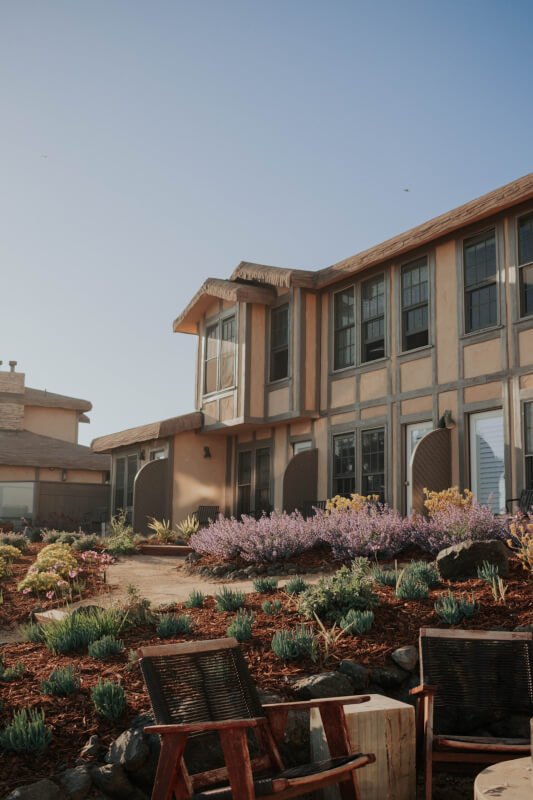
Choosing the Right Plants
Researching Different Plant Varieties
When it comes to designing your own garden, choosing the right plants is essential. Before making any decisions, take the time to research different plant varieties that will thrive in your specific climate. Consider factors such as the amount of sunlight your garden receives, the type of soil you have, and any potential challenges you may face. Look for plants that are low-maintenance and have vibrant blooms or attractive foliage to add beauty to your garden.
Considering Climate and Sunlight
The climate and amount of sunlight your garden receives play a crucial role in determining which plants will thrive. Some plants prefer full sun, while others prefer partial or full shade. Take note of the sunlight patterns in your garden throughout the day to understand which areas receive the most sun and which areas are more shaded. This will help you select plants that are suitable for each specific area.
Understanding Soil Types
Understanding the type of soil you have in your garden is essential for successful gardening. Test your soil’s pH level and composition to determine its nutrient content and drainage capabilities. This information will help you choose plants that are well-suited for your soil type. For example, if you have sandy soil, you may need to choose plants that tolerate drought and have good drainage. On the other hand, if you have clay soil, you will need to select plants that can handle heavy, compacted soil.
Creating a Budget
Setting a Spending Limit
Before diving into your garden design project, it’s important to set a budget. Determine how much you are willing to spend on materials, plants, and any additional elements you may want to incorporate. Having a budget in mind will help you make informed decisions and prevent overspending. Keep in mind that gardening can be a long-term investment, so allocate your budget accordingly.
Finding Affordable Materials
Creating a beautiful garden doesn’t have to break the bank. Seek out affordable materials such as recycled or repurposed items that can be transformed into unique garden decor. Visit local thrift stores or salvage yards to find budget-friendly containers, furniture, and other garden accessories. You can also consider buying plants from seed or propagating them from cuttings, which can save you money compared to purchasing fully-grown plants.
Using Recycled or Repurposed Items
Elevate your garden’s aesthetics while being environmentally friendly by utilizing recycled or repurposed items. Upcycle old containers and furniture by giving them a fresh coat of paint or repurposing them as unique planters. Convert old pallets into raised beds or vertical gardens. Get creative and think outside the box when it comes to finding materials that can be repurposed in your garden. Not only will this save you money, but it will also add a touch of uniqueness to your outdoor space.
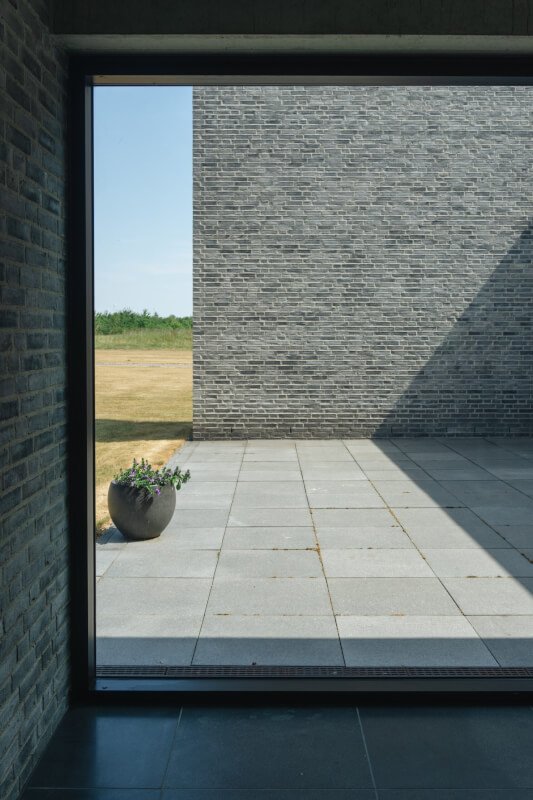
Designing a Layout
Mapping Out the Garden Space
Before starting your garden design project, take the time to map out your garden space. Measure the dimensions of your garden and create a rough sketch or use a digital tool to create a layout. Consider factors such as existing structures, trees, and pathways that you may want to incorporate into your design. This will help you visualize how different elements will fit together and ensure a cohesive layout.
Considering Functional Areas
Think about how you want to use your garden and what functional areas you would like to incorporate. Do you want a seating area for relaxation and entertaining? Are you interested in growing your own fruits and vegetables? Would you like a designated space for children to play? By considering these functional areas, you can plan your garden layout accordingly and ensure that you create a space that meets your specific needs and desires.
Creating Walkways and Paths
Integrate walkways and paths into your garden design to provide easy access and enhance the overall aesthetics of your outdoor space. Determine the main areas you want to connect and create paths that flow naturally through your garden. You can use a variety of materials such as gravel, stepping stones, or even wood slices to create a charming and functional pathway. Not only will this add structure to your garden, but it will also make navigation easier for both you and your guests.
Utilizing Vertical Space
Installing Wall-Mounted Planters
If space is limited in your garden, consider using wall-mounted planters to maximize your vertical space. These planters can be easily attached to fences, walls, or even the side of your house. Plant a variety of trailing plants or herbs to create a vibrant and eye-catching display. Wall-mounted planters are not only functional but also add a unique element to your garden design.
Hanging Baskets and Planters
Hanging baskets and planters are another great way to utilize vertical space. Hang them from tree branches, patio roofs, or pergolas to add a pop of color and greenery at eye level. Choose plants with trailing foliage or cascading blooms to create a visually stunning display. Hanging baskets and planters are perfect for small gardens or balconies, allowing you to bring the beauty of nature to even the smallest of spaces.
Using Trellises and Arbors
Trellises and arbors are not only decorative but also practical, providing support for climbing plants such as roses, vines, or even vegetables like tomatoes. Install trellises or arbors along fences or walls to create vertical interest in your garden. These structures not only add height to your design but also create a sense of privacy and enclosure. Experiment with different climbing plants to create a lush and green backdrop for your outdoor oasis.
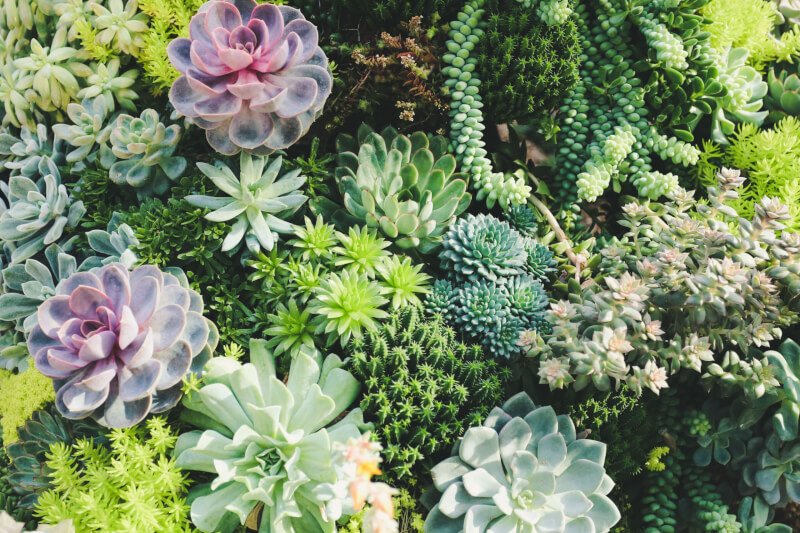
Adding Water Features
Installing a Small Pond
Adding a small pond to your garden can create a tranquil and serene atmosphere. Dig a hole, line it with a rubber pond liner, and fill it with water. Add aquatic plants such as water lilies or floating plants to enhance the aesthetics and provide a natural habitat for wildlife. Consider incorporating a small fountain or waterfall feature to add movement and the soothing sound of running water.
Building a Waterfall or Fountain
If a pond is not feasible for your garden, consider building a waterfall or fountain feature instead. These water features can be designed to fit any space and can be as simple or elaborate as you prefer. The sound of cascading water and the visual appeal of a fountain can create a relaxing and inviting ambiance in your garden.
Creating a DIY Watering System
Ensure your plants stay healthy and hydrated by creating a DIY watering system. Use a combination of drip irrigation, soaker hoses, and timers to automate the watering process. This will not only save you time and effort but also help conserve water by delivering it directly to the plants’ roots. Customize the system based on your garden’s specific needs, ensuring that each plant receives the appropriate amount of water.
Incorporating Decorative Elements
Using Garden Statues and Ornaments
Garden statues and ornaments add a touch of personality and charm to any outdoor space. Choose pieces that reflect your personal style, whether it’s whimsical, classic, or modern. Place them strategically throughout your garden to create focal points or to add visual interest to specific areas. Garden statues and ornaments can range from sculptures and gnomes to stepping stones and wind chimes, allowing you to personalize your space to your liking.
Adding Outdoor Lighting
Extend the usability and beauty of your garden into the evening by incorporating outdoor lighting. Choose a combination of ambient, task, and accent lighting to create a captivating and inviting atmosphere. Use path lights to illuminate walkways and accent lights to highlight specific plants or features. String lights or lanterns can add a cozy and magical feel to outdoor seating areas. Outdoor lighting not only enhances the aesthetics of your garden but also improves safety and security.
Integrating Colorful Containers
Add a pop of color and versatility to your garden by incorporating colorful containers. Choose containers of various sizes, shapes, and materials to create visual interest. Plant flowers or foliage with vibrant colors to create eye-catching displays. Mix and match containers of different heights and group them together to create visually appealing arrangements. Colorful containers are an excellent option for small gardens or balconies, where space may be limited.
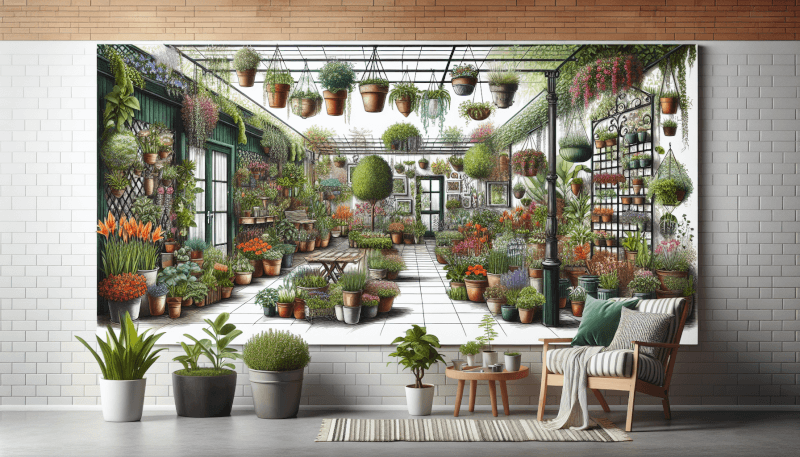
Implementing Sustainability Practices
Collecting Rainwater for Irrigation
One sustainable practice you can incorporate into your garden design is collecting rainwater for irrigation purposes. Install rain barrels or a rainwater harvesting system to collect and store rainwater. This water can then be used to water your plants, reducing your reliance on municipal water sources. Not only does rainwater benefit your plants by providing them with natural nutrients, but it also helps conserve water and reduce your water bill.
Composting and Recycling
Composting is a fantastic way to reduce waste and create nutrient-rich soil for your garden. Start a compost pile or use a compost bin to turn kitchen scraps, yard waste, and other organic materials into nutrient-dense compost. Use this compost to enrich your soil and promote healthy plant growth. Additionally, be mindful of recycling materials used in your garden, such as plastic pots, containers, or packaging. Recycling helps reduce waste and contributes to a more sustainable gardening practice.
Choosing Native Plants
Selecting native plants for your garden is not only beneficial for the environment but also makes gardening easier. Native plants are adapted to the local climate, requiring minimal maintenance and resources. They also provide food and shelter for local wildlife, promoting biodiversity. Research the native plants in your area and incorporate them into your garden design. By choosing native plants, you are creating a garden that is in harmony with the natural ecosystem.
Creating a Wildlife-Friendly Garden
Building Birdhouses and Birdbaths
Invite birds into your garden by building birdhouses and birdbaths. These features not only provide shelter and water for birds but also add visual interest and beauty to your garden. Choose birdhouses of different sizes and designs to accommodate various bird species. Ensure that birdbaths have a shallow area for birds to drink and bathe safely. By attracting birds, you’ll also enjoy their melodious songs and the natural pest control they provide.
Using Butterfly and Bee-Friendly Plants
Create a haven for pollinators by incorporating butterfly and bee-friendly plants into your garden. These plants attract butterflies, bees, and other beneficial insects that play a vital role in pollination. Choose nectar-rich flowers such as lavender, coneflowers, and butterfly bush to attract butterflies. Plant herbs such as lavender, thyme, and sage to attract bees. By creating a diverse and pollinator-friendly garden, you are contributing to the overall health and balance of the ecosystem.
Providing Shelter and Food Sources
Make your garden a welcoming habitat for wildlife by providing shelter and food sources. Incorporate native trees, shrubs, and grasses that offer nesting sites, cover, and food for birds and small mammals. Consider planting flowering plants that produce seeds, fruits, or berries, as these provide an essential food source for wildlife. By creating a wildlife-friendly garden, you are not only supporting the local ecosystem but also enjoying the beauty of nature up close.
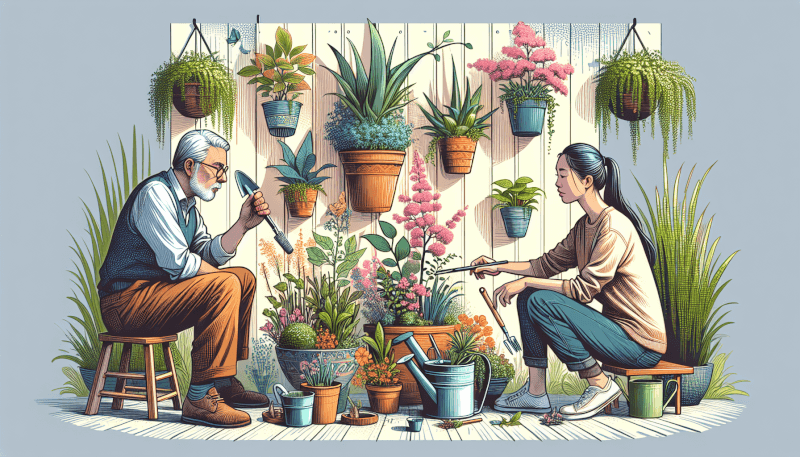
Maintaining the Garden
Watering and Fertilizing Plants
Proper watering and fertilizing are crucial for maintaining a healthy garden. Learn the specific watering needs of each plant and water accordingly to prevent under or overwatering. Consider using a drip irrigation system or soaker hoses to ensure optimal water distribution. Additionally, apply organic fertilizers or compost regularly to provide essential nutrients to your plants. Regularly monitor soil moisture and adjust your watering and fertilizing routine as needed.
Regular Pruning and Trimming
Regular pruning and trimming help promote healthy plant growth and maintain the desired shape and size of your plants. Remove dead or damaged branches, shape shrubs, and trim back overgrown plants to maintain an attractive appearance. Use the appropriate tools and techniques for each plant to ensure healthy and proper growth. Pruning and trimming also help improve air circulation and reduce the risk of disease or pest infestations.
Identifying and Treating Common Pests
Keep an eye out for common pests that can damage your plants and take proactive measures to prevent or treat infestations. Learn to identify common garden pests and their damage. Use natural pest control methods such as introducing beneficial insects, handpicking pests, or using organic insecticides as a last resort. Regularly inspect your plants for signs of pest activity and take action promptly to protect your garden.
Seeking Inspiration and Ideas
Visiting Botanical Gardens and Public Parks
One of the best ways to seek inspiration for your garden design is to visit botanical gardens and public parks. These spaces are filled with beautifully landscaped gardens, showcasing a wide variety of plant species and design styles. Take note of the plants, layouts, and features that catch your eye, and consider incorporating similar elements into your own garden. Take pictures and ask for expert advice or recommendations from the staff to further enhance your garden design.
Browsing Online Garden Design Resources
The internet is a treasure trove of garden design resources that can provide you with endless inspiration and ideas. Browse through gardening websites, blogs, and social media platforms to discover innovative and creative garden designs. Take note of specific plants, color schemes, or design concepts that resonate with you. Online resources also often provide step-by-step guides and tutorials, making it easier for beginners to embark on their garden design journey.
Joining Gardening Communities and Forums
Connect with fellow gardening enthusiasts by joining gardening communities and forums. These online platforms allow you to interact with experienced gardeners, ask questions, and share your own successes and challenges. Engaging with a community of like-minded individuals can inspire you, provide valuable advice, and help you troubleshoot any issues you may encounter. Additionally, gardening communities often organize workshops or events where you can further expand your knowledge and skills.
In conclusion, designing your own garden can be an exciting and rewarding experience, especially for beginners. By carefully considering plant varieties, creating a budget, designing a layout, utilizing vertical space, adding water features, incorporating decorative elements, implementing sustainability practices, creating a wildlife-friendly garden, maintaining the garden, and seeking inspiration and ideas, you can create a beautiful and thriving garden that is a true reflection of your personal style and preferences. Remember to have fun, be open to experimentation, and embrace the joy of gardening!

